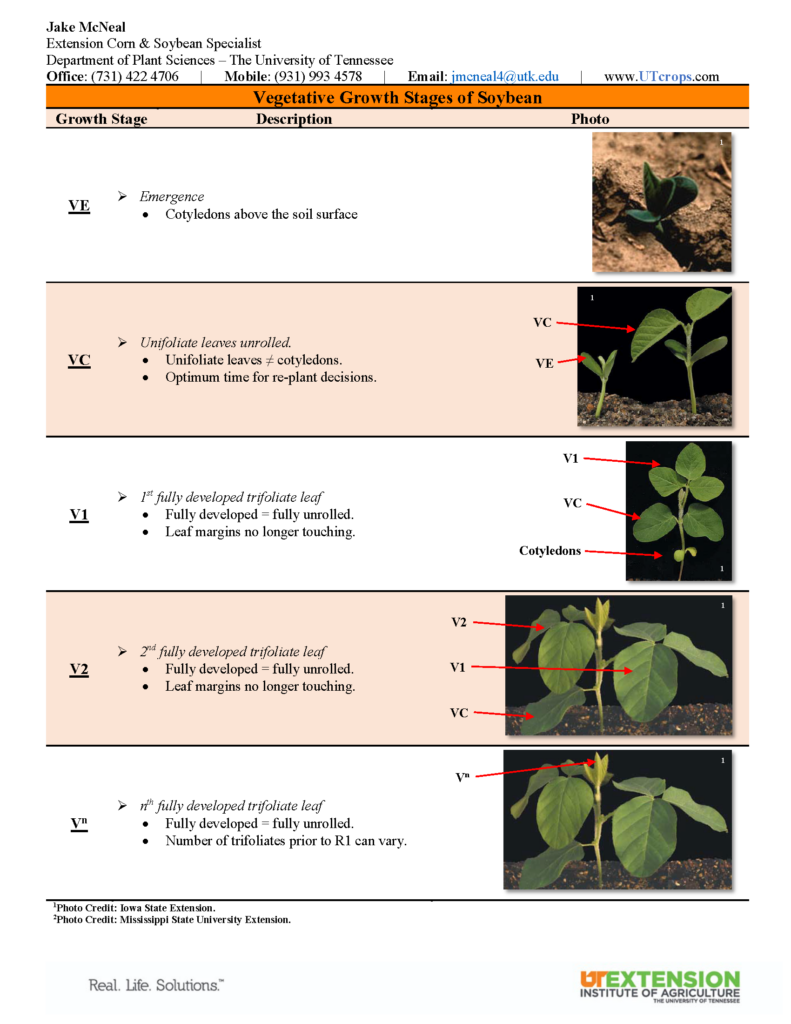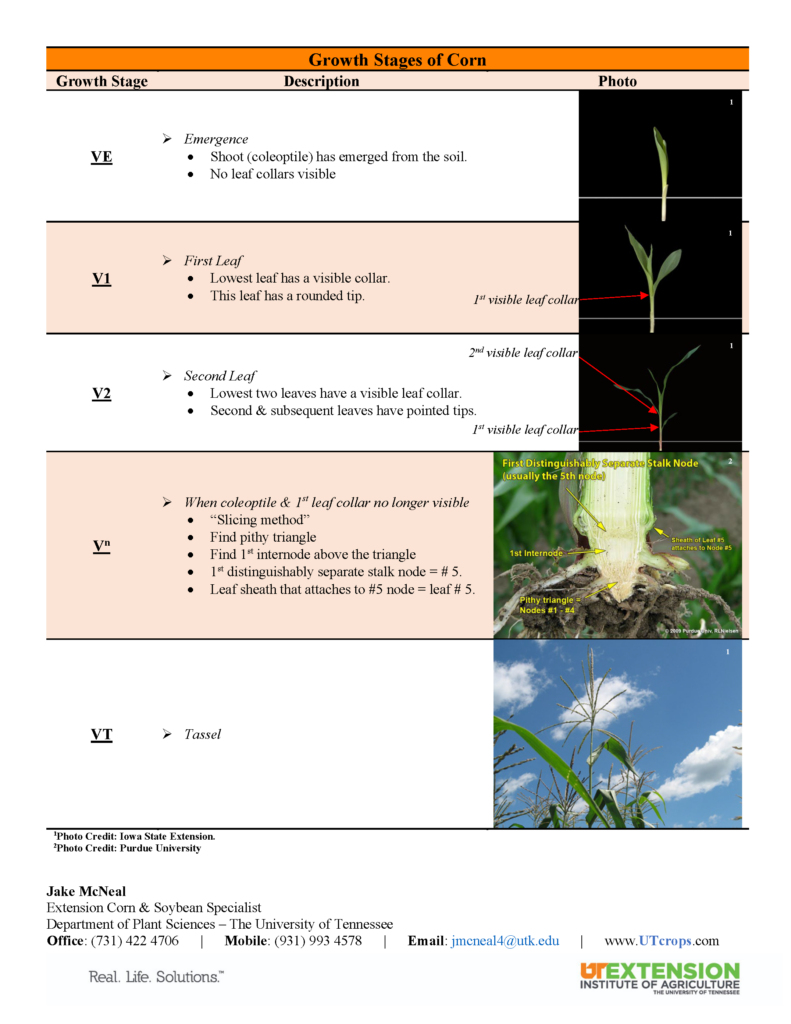There have been a few reports of disappointing burndown applications that were applied near that huge week of rain. The herbicides that performed poorly were some combination of systemic herbicides like glyphosate, dicamba, clethodim and Leadoff. Continue reading
Recent Updates
Cotton Scout School (May 21, 2025)
The UT Cotton Scout School is scheduled for Wednesday, May 21st, at the West Tennessee Research and Education Center (605 Airways Blvd, Jackson). There is no fee, and preregistration is not required. Registration begins at 8:00 AM with the program starting at 8:30. Pesticide points in categories 1, 4, 10 and 12 will be offered and a BBQ lunch will be provided. Content will include classroom and hands-on training with an optional go-to-the-field session after lunch. Topics covered will include cotton development and identification and symptoms of insect pests, plant diseases, and weeds.
Wheat Diseases and Fungicide Considerations
While wheat varies in growth stage across Tennessee, it’s time to consider fungicide and scout for diseases. To date, little to no disease has been reported in wheat fields in Tennessee. Continue reading
Destroying a Poor Stand of Corn and Replanting Back to Corn
Judging from recent conversations there will be a significant number of corn acres that will need to be replanted due to the foot of rain we recently received. Fortunately, there are several options to control a thin corn stand and replant back to corn. Continue reading
Post Flood Weed Control
There are questions on how much PRE-applied herbicide is left in the field after a foot plus of rain. The short answer to the question is little to none. Continue reading




